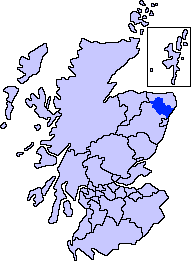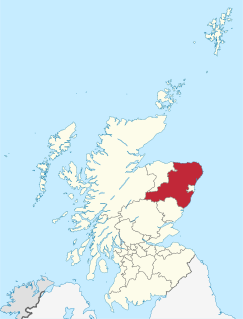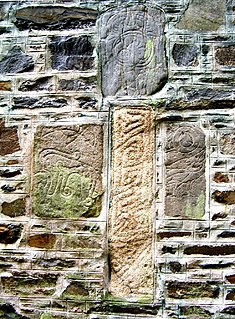
Fyvie Castle is a castle in the village of Fyvie, near Turriff in Aberdeenshire, Scotland.
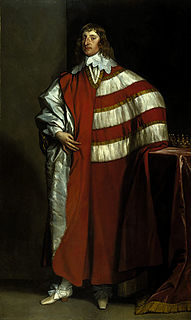
Earl of Dunfermline was a title in the Peerage of Scotland. It was created in 1605 for Alexander Seton, 1st Lord Fyvie, fourth son of George Seton, 7th Lord Seton. Seton had already been created Lord Fyvie in the Peerage of Scotland, in 1598, with remainder to his elder brother, John Seton. He was succeeded by his son, the second Earl. He was Keeper of the Privy Seal of Scotland between 1661 and 1672. His younger son, the fourth Earl, was a supporter of the deposed James II and had his titles forfeited by parliament in 1690. He died in France in 1694 when the male line of the first Earl died out.
The Bonnie Lass o' Fyvie is a Scottish folk song about a thwarted romance between a soldier and a girl. Like many folk songs, the authorship is unattributed, there is no strict version of the lyrics, and it is often referred to by its opening line "There once was a troop o' Irish dragoons". The song is also known by a variety of other names, the most common of them being "Peggy-O", "Fennario", and "The Maid of Fife".

Gight is the name of an estate in the parish of Fyvie in the Formartine area of Aberdeenshire, Scotland, United Kingdom. It is best known as the location of the 16th-century Gight Castle, ancestral home of Lord Byron.
The glaistig is a ghost from Scottish mythology, a type of fuath. It is also known as maighdean uaine, and may appear as a woman of beautiful or monstrous mien, as a half-woman and half-goat similar to a faun or satyr, or in the shape of a goat. The lower goat half of her hybrid form is usually disguised by a long, flowing green robe or dress, and the woman often appears grey with long yellow hair.

Methlick is a village in the Formartine area of Aberdeenshire, Scotland, situated on the River Ythan 11.2 kilometres (7.0 mi) north-west of Ellon.

Hazlehead Academy, formerly known as Central School then Aberdeen Academy, is a comprehensive secondary school in Aberdeen, Scotland. It has four main feeder primary schools, Airyhall Primary School, Fernielea Primary School, Hazlehead Primary School and Kingsford Primary School - in addition to this, pupils who have been part of a Gaelic unit at Aberdeen's Gilcomstoun Primary School can transfer to Hazlehead, which offers Gaelic as part of the curriculum.
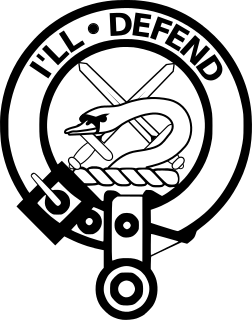
Clan Lennox is a Lowland Scottish clan. The clan chiefs were the original Earls of Lennox, although this title went via an heiress to other noble families in the fifteenth and sixteenth centuries. The chiefship of the clan then went to the Lennox of Woodehead branch.

Barthol Chapel is a small village in the Formartine area of Aberdeenshire, Scotland, named after the Catholic saint, St Bartholomew. Barthol Chapel has a school with a very small football pitch, and a church. The local language is Doric language of North East Scotland. The nearest villages are Methlick, Fyvie, Oldmeldrum and Tarves.
The Prior of Fyvie was the head of the medieval Tironensian monastic community of Fyvie Priory, located in modern Aberdeenshire, Scotland. The following is a list of priors and commendators:

Backhill is a rural area near Woodhead of Fyvie in Aberdeenshire, Scotland.
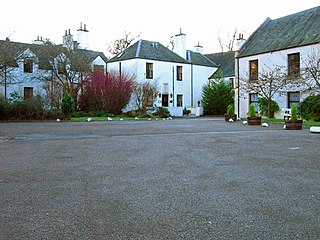
Maryculter House is a historic house in the village of Maryculter, or Kirkton of Maryculter, in the Lower Deeside area of Aberdeenshire, Scotland.
Robert de Fyvie [also de Fyvin] was a prelate based in the Kingdom of Scotland in the last quarter of the 13th century. Perhaps coming from Fyvie in Formartine, from a family of Teesdale origin, Robert was Archdeacon of Ross and a student at the University of Bologna by 1269. In 1275, he was not only a graduate but the new Bishop of Ross, a post he held until his death in the first half of the 1290s.
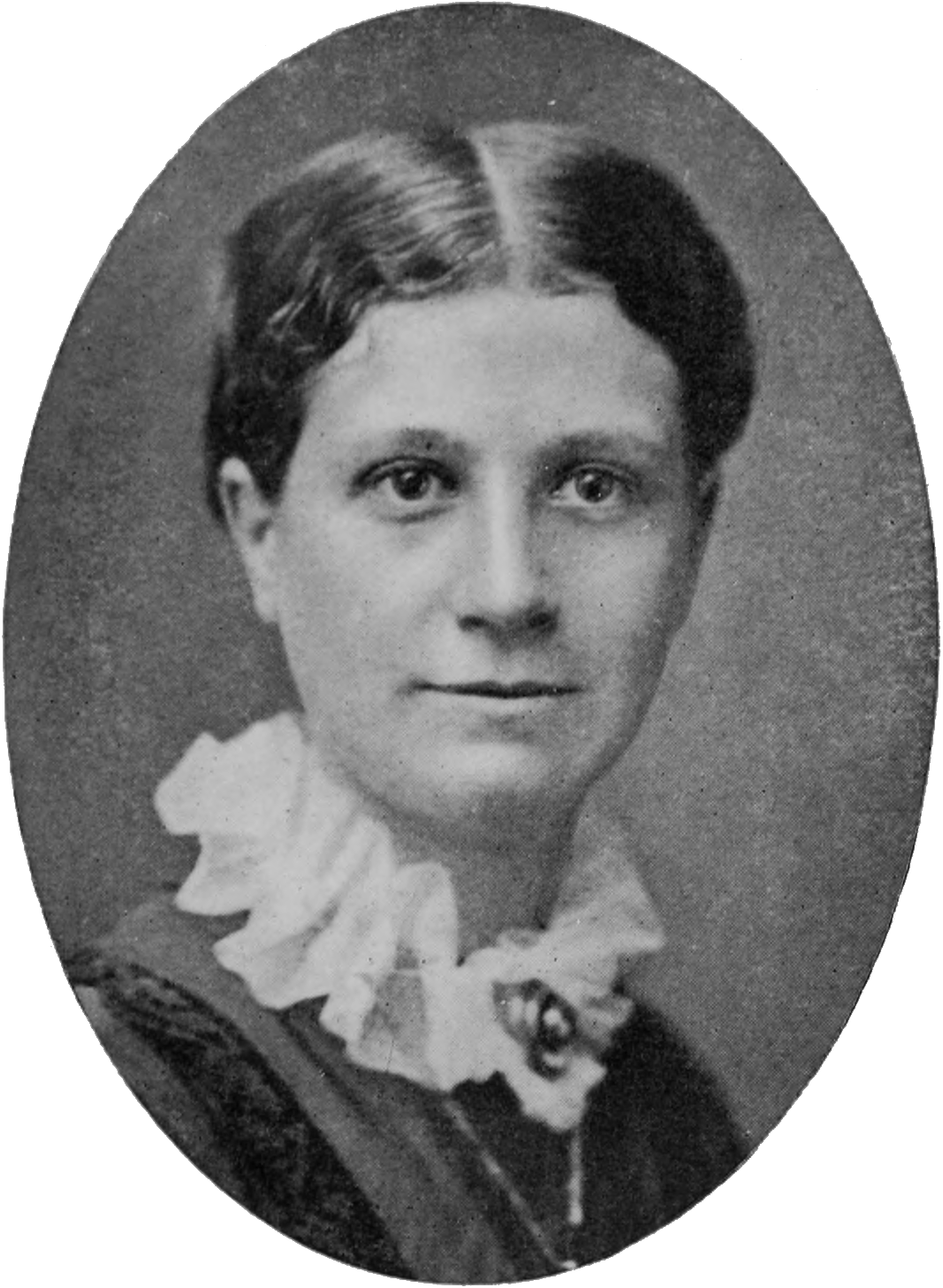
Isabella Fyvie Mayo was a Scottish poet, novelist, suffragist, and reformer. With the help of friends, she published poems and stories, using the pseudonym, Edward Garrett. She spent most of her life living in Aberdeen, where she was the first woman elected to a public board. Mayo was described as an "ethical anarchist, pacifist, anti-imperialist and anti-racist campaigner"; and her "home was an asylum for Asian Indians."

Stuartfield is a small inland village in the Buchan area of Aberdeenshire, Scotland, situated 1.8 kilometres (1.1 mi) south of Old Deer. It was formerly known as New Crichie, and the name is still used by locals as illustrated by the village association website being crichie.org. The name Crichie (Crechy) derives from the Gaelic word for clay.
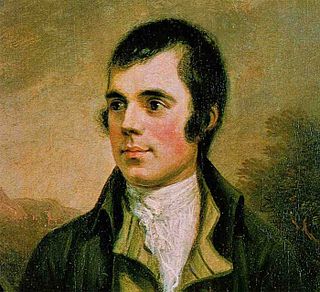
Homecoming Scotland 2009 was a series of events designed to attract people of Scottish ancestry to visit Scotland. The campaign, organised by EventScotland and VisitScotland on behalf of the Scottish Government, and part-financed by the European Regional Development Fund, claimed that "for every single Scot in their native land, there are thought to be at least five more overseas who can claim Scottish ancestry."

Fraser Anderson Fyvie is a Scottish professional footballer who plays as a midfielder. He has previously played for Aberdeen, Wigan Athletic, Hibernian and Dundee United, and has represented Scotland at under-15, under-17, under-19 and under-21 levels.

Alexander John Forbes-Leith, 1st Baron Leith of Fyvie JP, DL, was a Scottish Royal Navy officer and US steel magnate.

